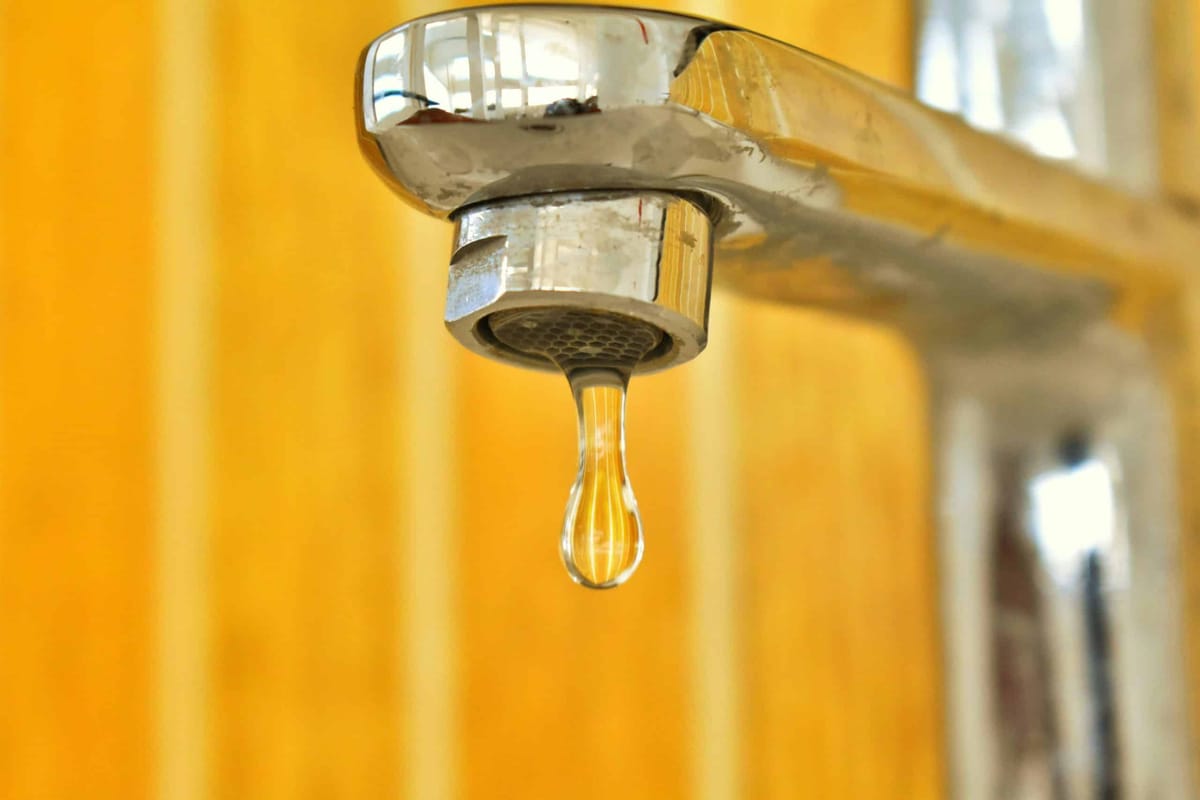Water Rates in Burlington to Increase; Quarterly Billing to Begin
Decreased commercial usage means an increase in water rates in Burlington


Burlington residents will think twice about filling their temporary pools this summer, as water rates in Burlington are set to increase more than expected.
The increase is owed to lower-than-expected revenues, particularly from the corporate sector, says Department of Public Works Director, Brian White. A plan laid out by the town in 2019 set an increase of 6.8% in water and sewer rates and projected an increase of $3,200,000 in revenue from water receipts. But shutdowns due to the pandemic, which began in March of 2020, forced businesses to close their physical facilities, and occupancy has not yet returned to previous rates.
As commercial water and sewer receipts are a large portion of the town's revenue, the DPW laid out a plan to the Select Board on February 26 to increase the water rates in Burlington by 9.8% this year. This will cause revenues to grow more quickly, but without significant new commercial growth the town will not get to the $3,200,000 that was projected back in 2019. Sewer rates will increase by the originally-planned 6.8%.
The DPW website has more information comparing new to old water rates so you can plan for how much your bill will be this year.
Another change this year is the shift residential water and sewer to quarterly billing, a condition the town agreed to when it contracted with the MWRA to tap into their water supply. (Commercial has been billed quarterly for quite some time.) The idea behind the increase in frequency is that residents will be more conscious of the amount of water they're using when they see the bills come in more frequently.
It might look at first glance like the new minimum usage threshold is also changing. Previously, water consumed under 20,000 gallons was billed at a flat rate; that number will be lowered to 10,000 when these changes take effect in July. However, this rate structure assumes getting a bill four times per year, rather than two, which means the threshold averages out to the same.
Residents who have traditionally been billed in May and November can expect their first quarterly bill in May, and thereafter all residences will be transitioned to quarterly billing. The transition will be complete by September's billing cycle.
For more information, check out the Burlington Department of Public Works Website.





